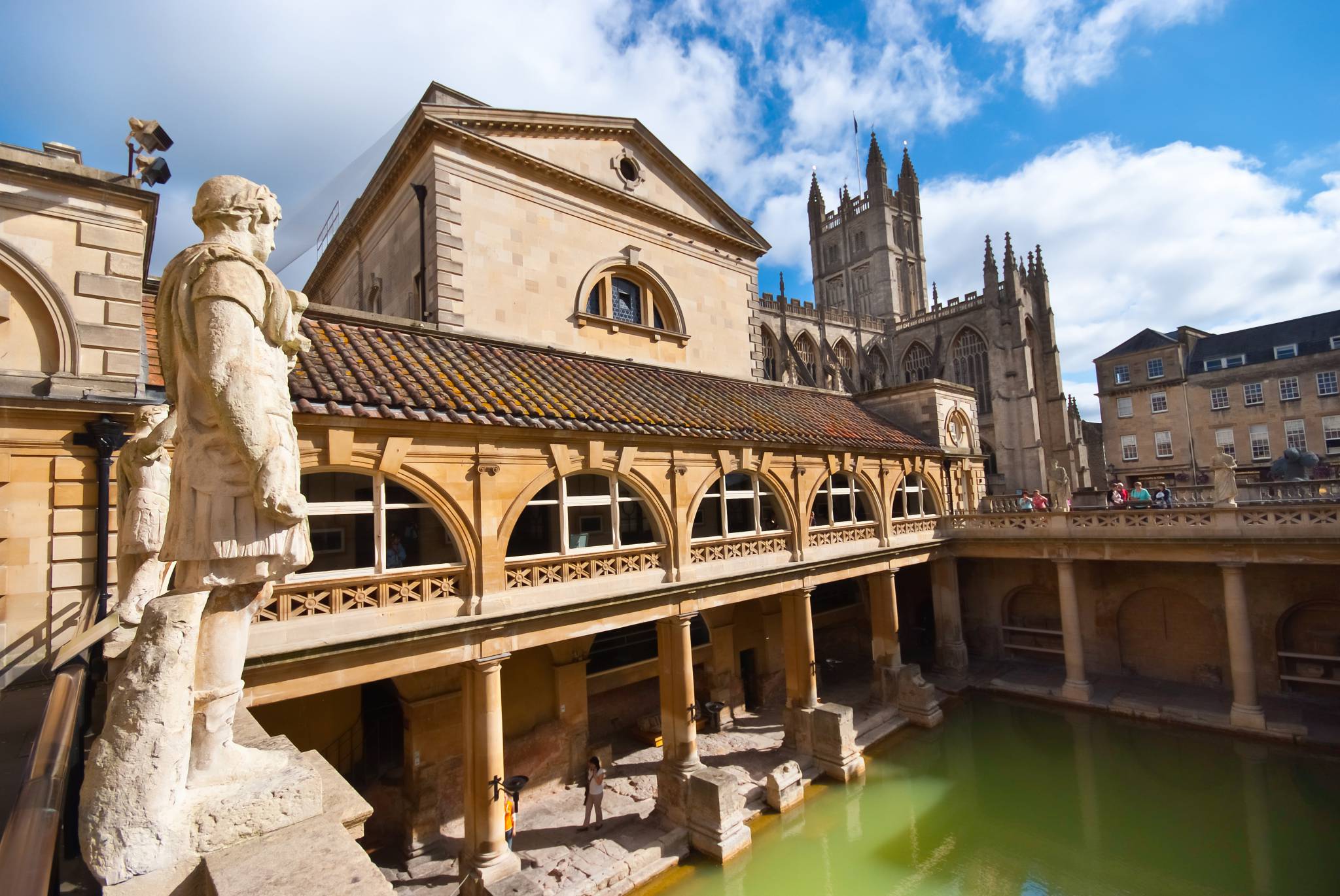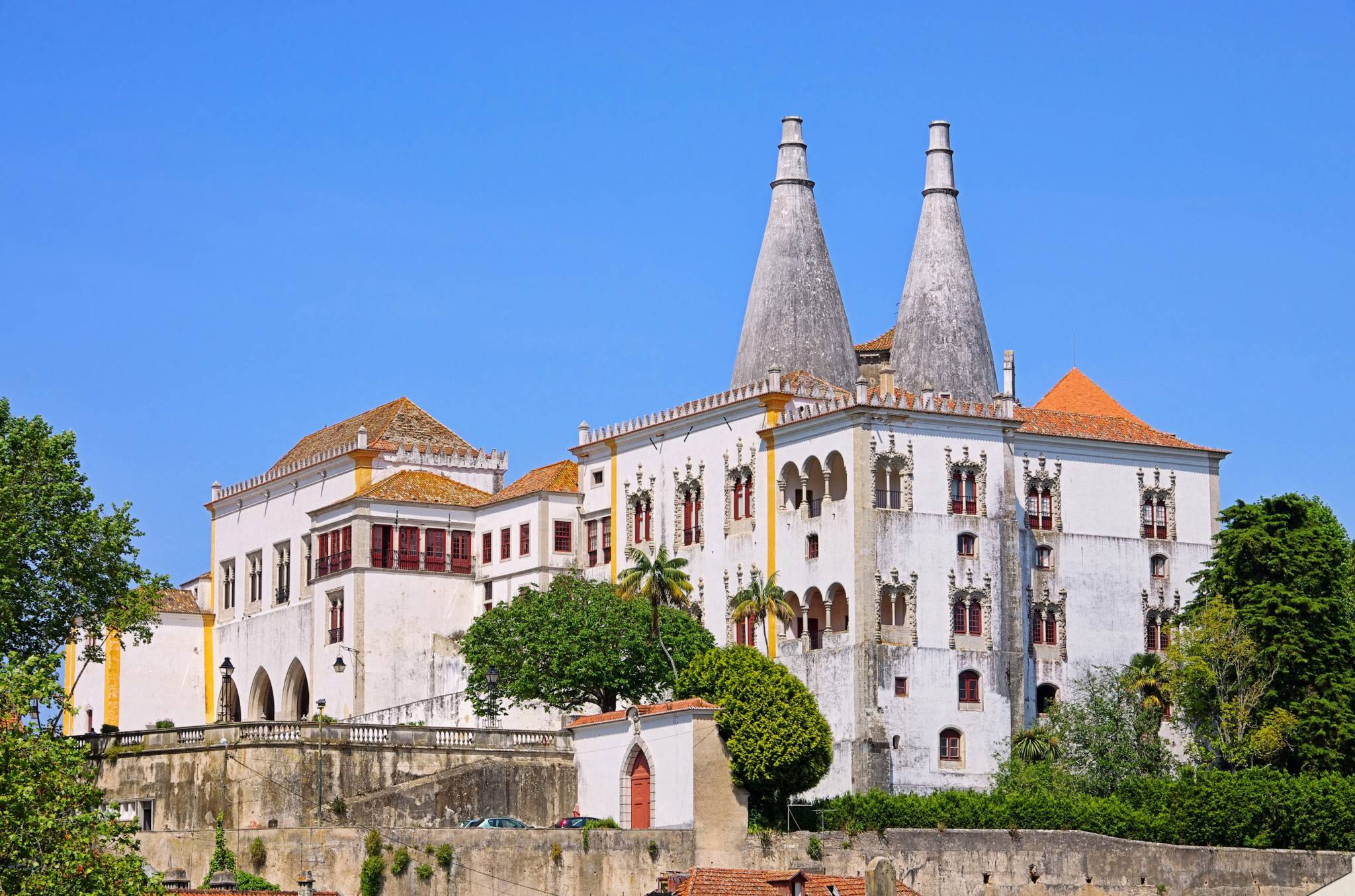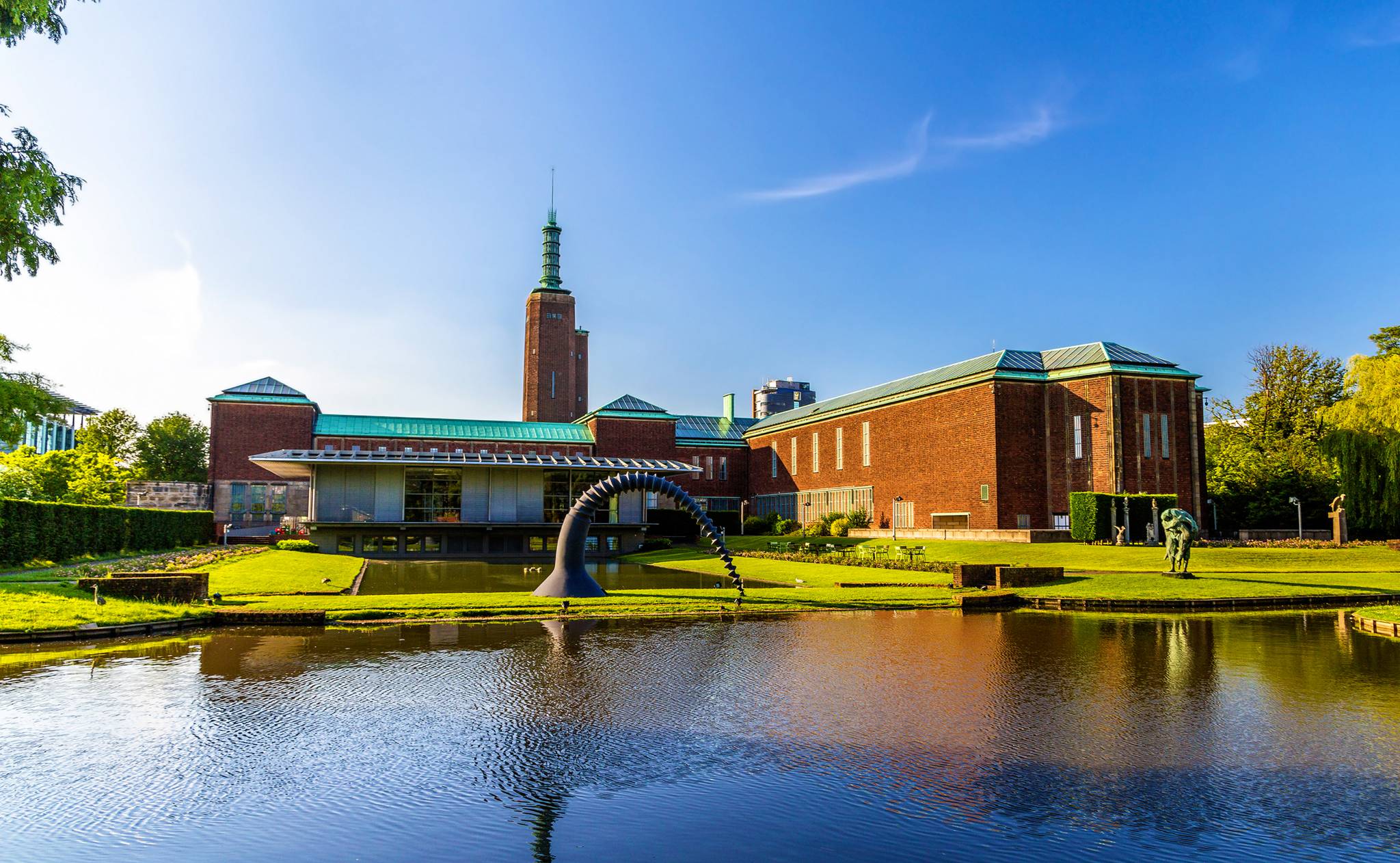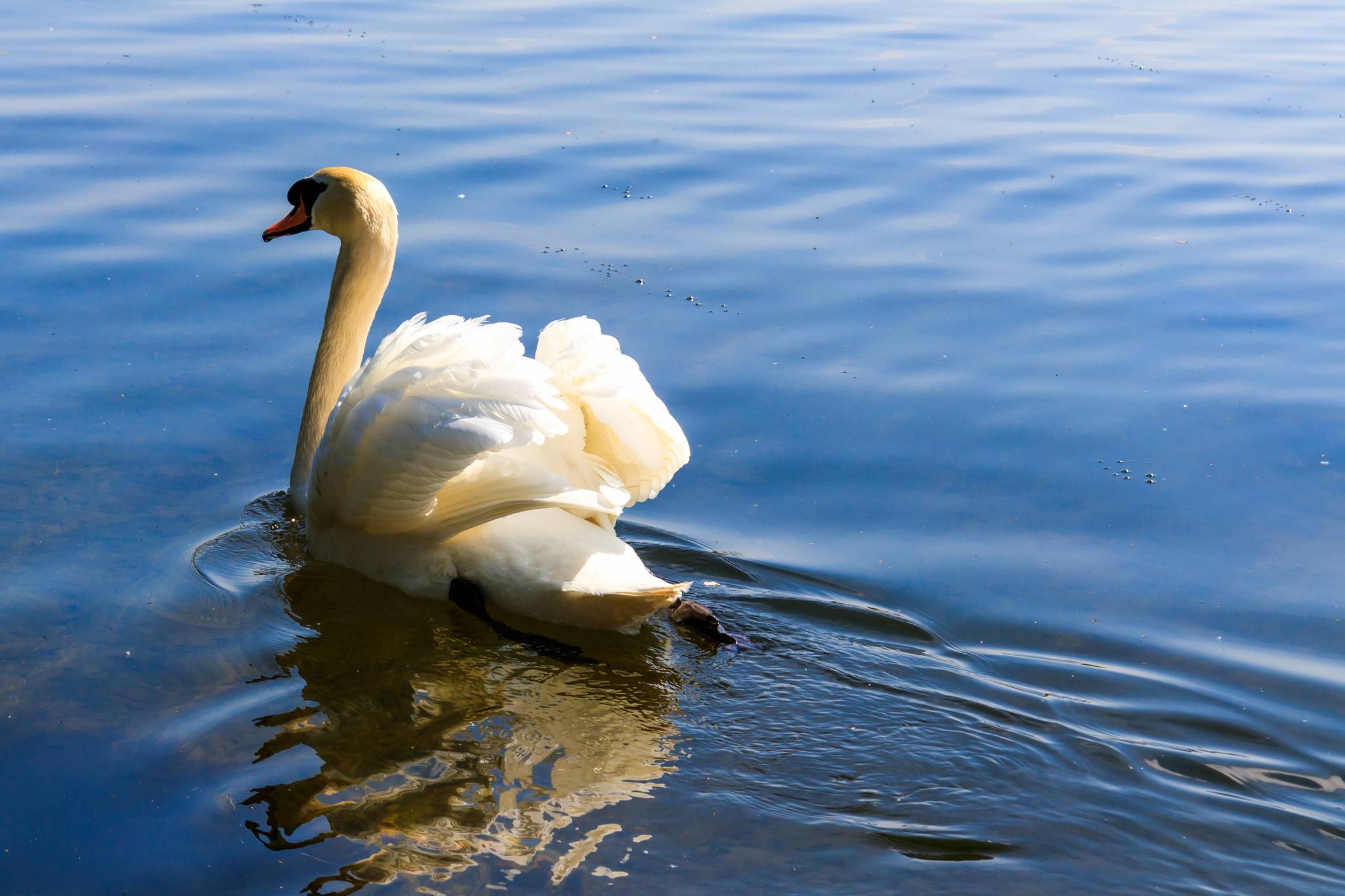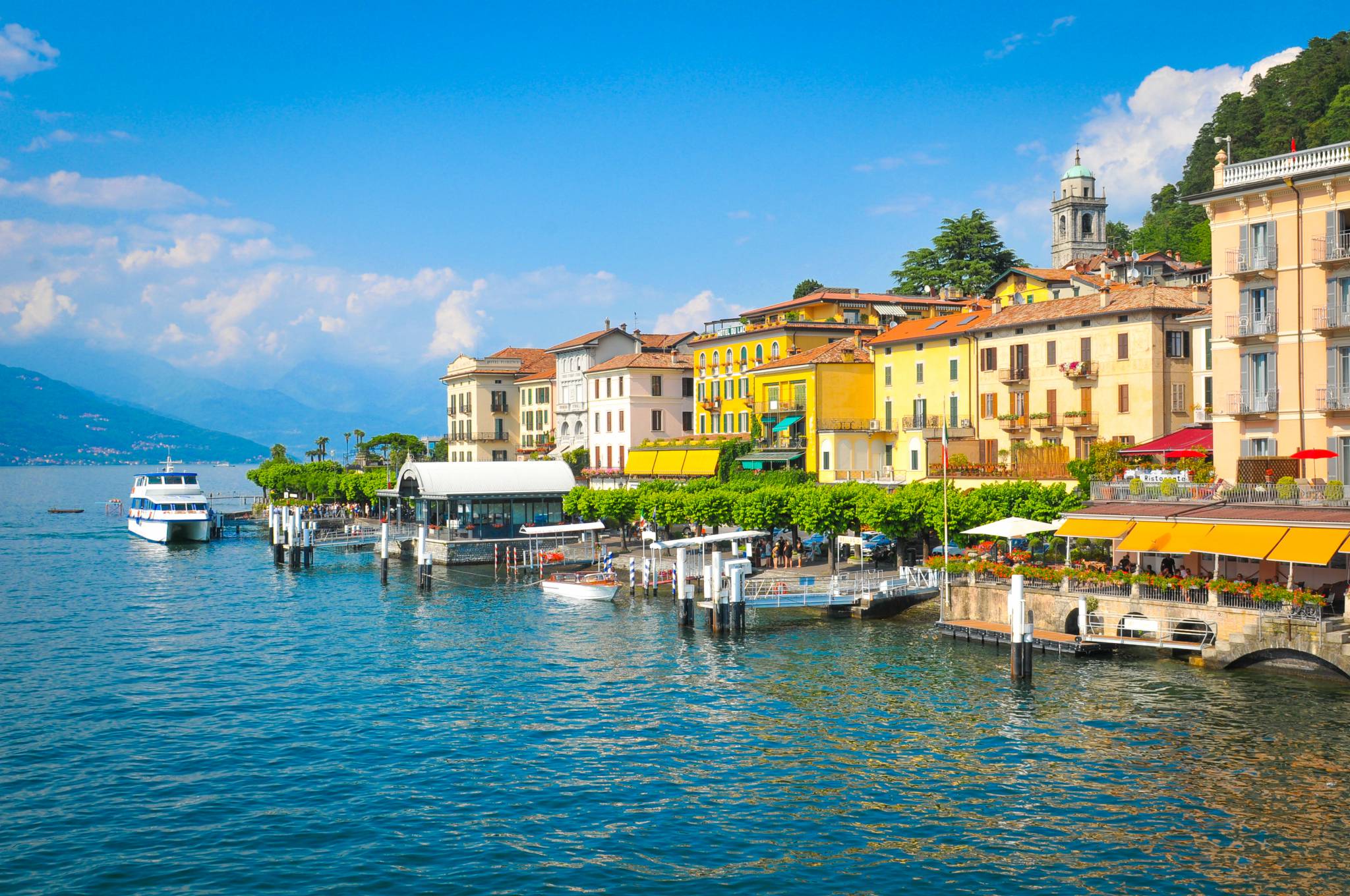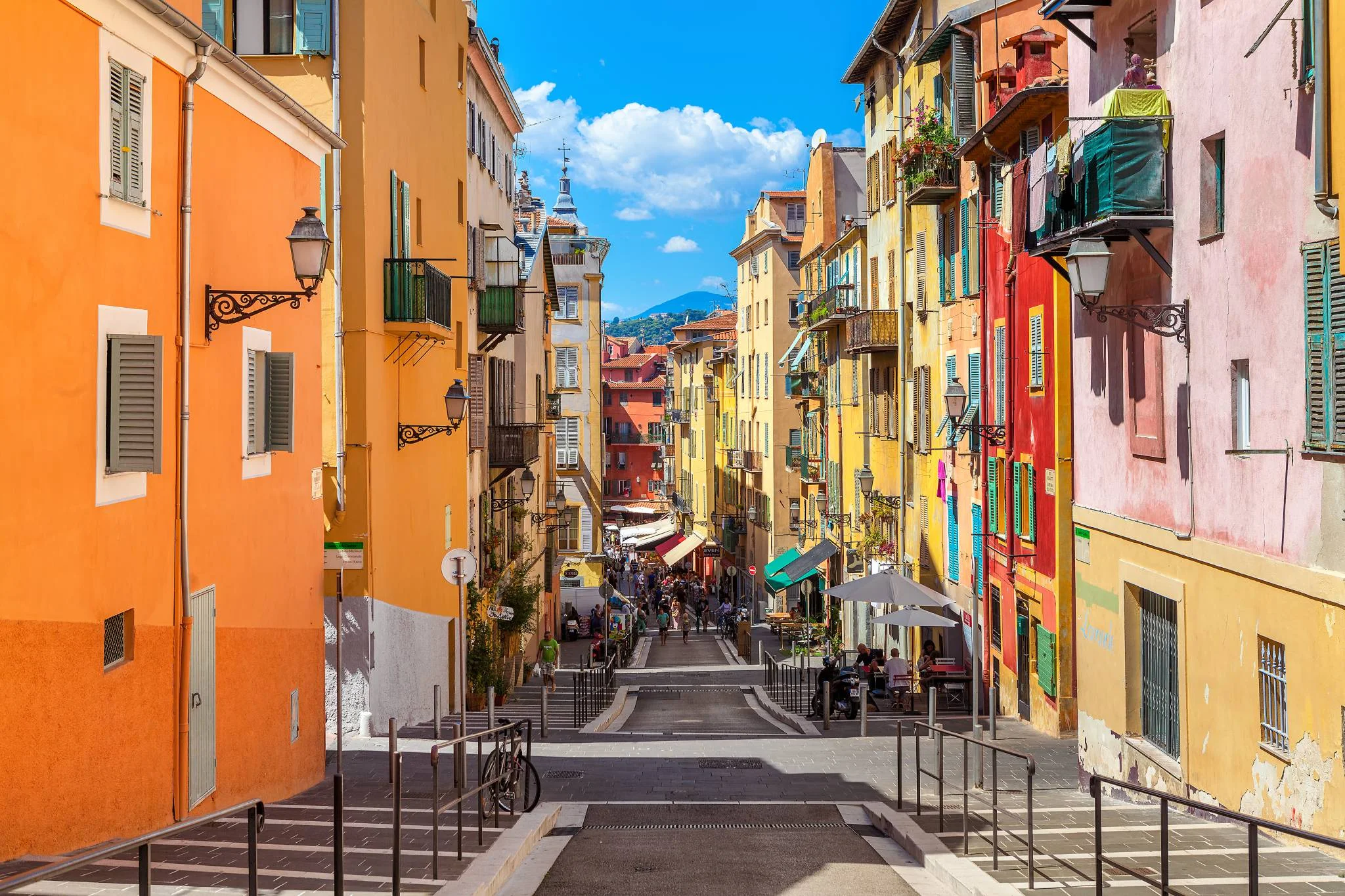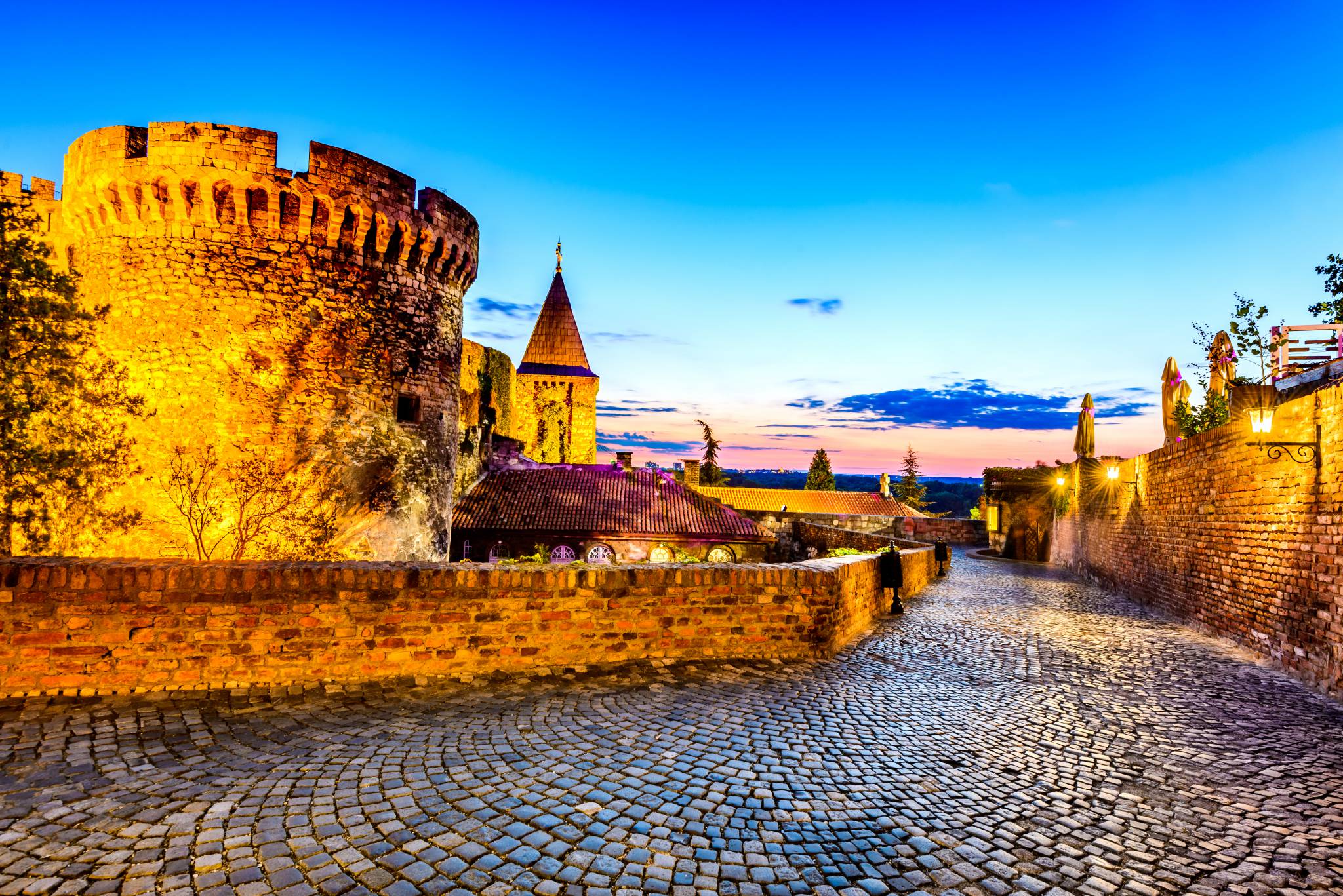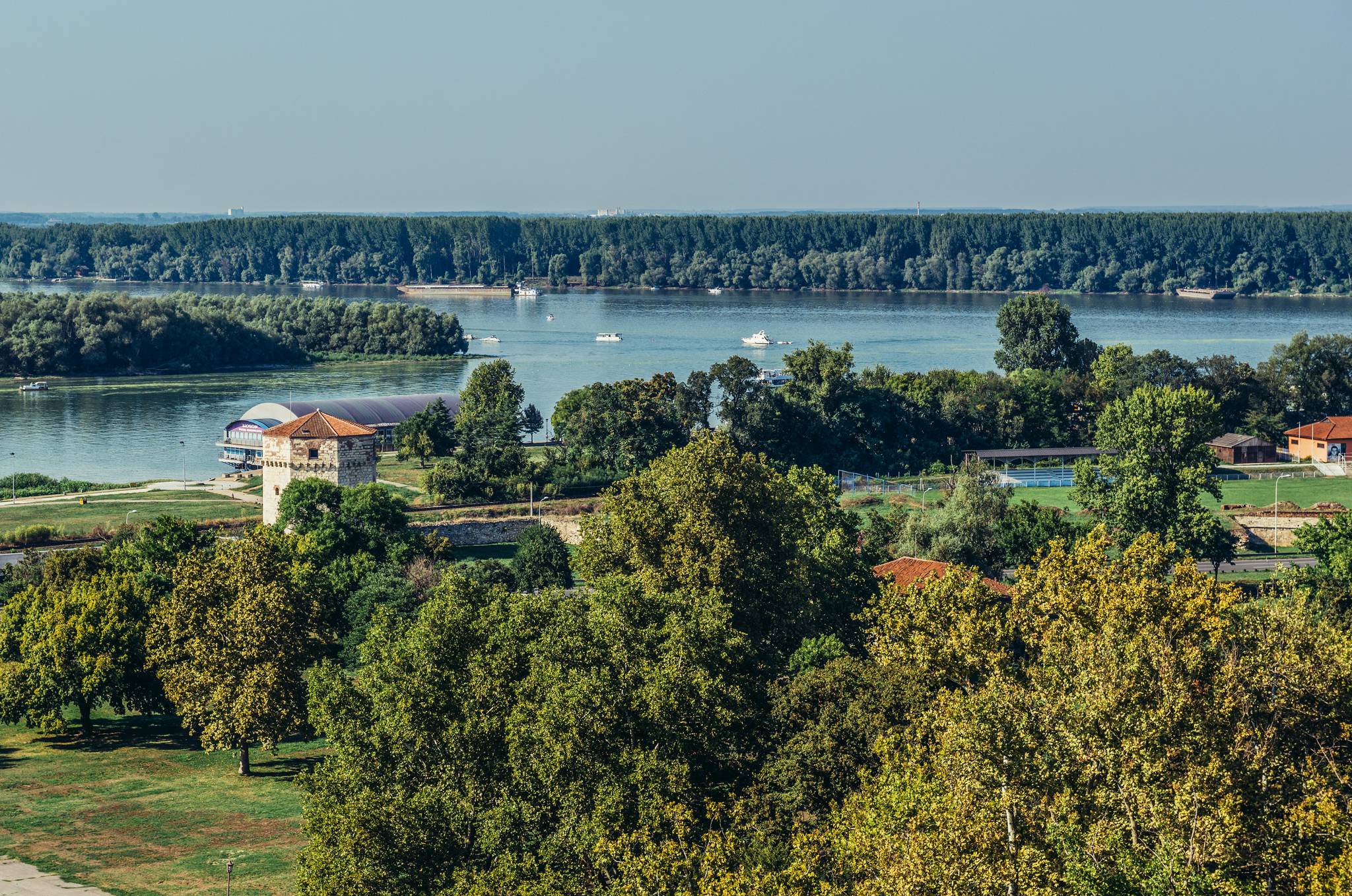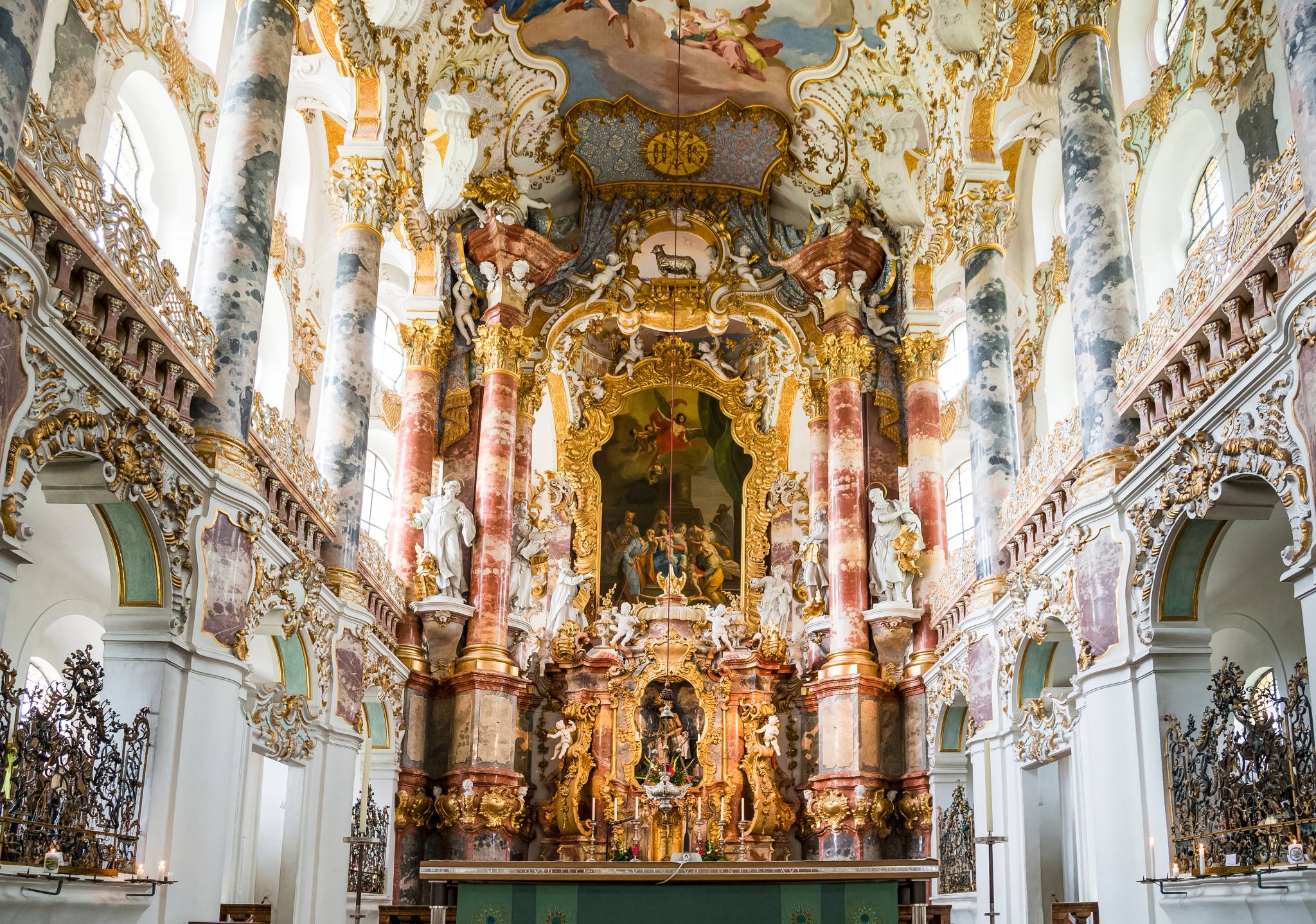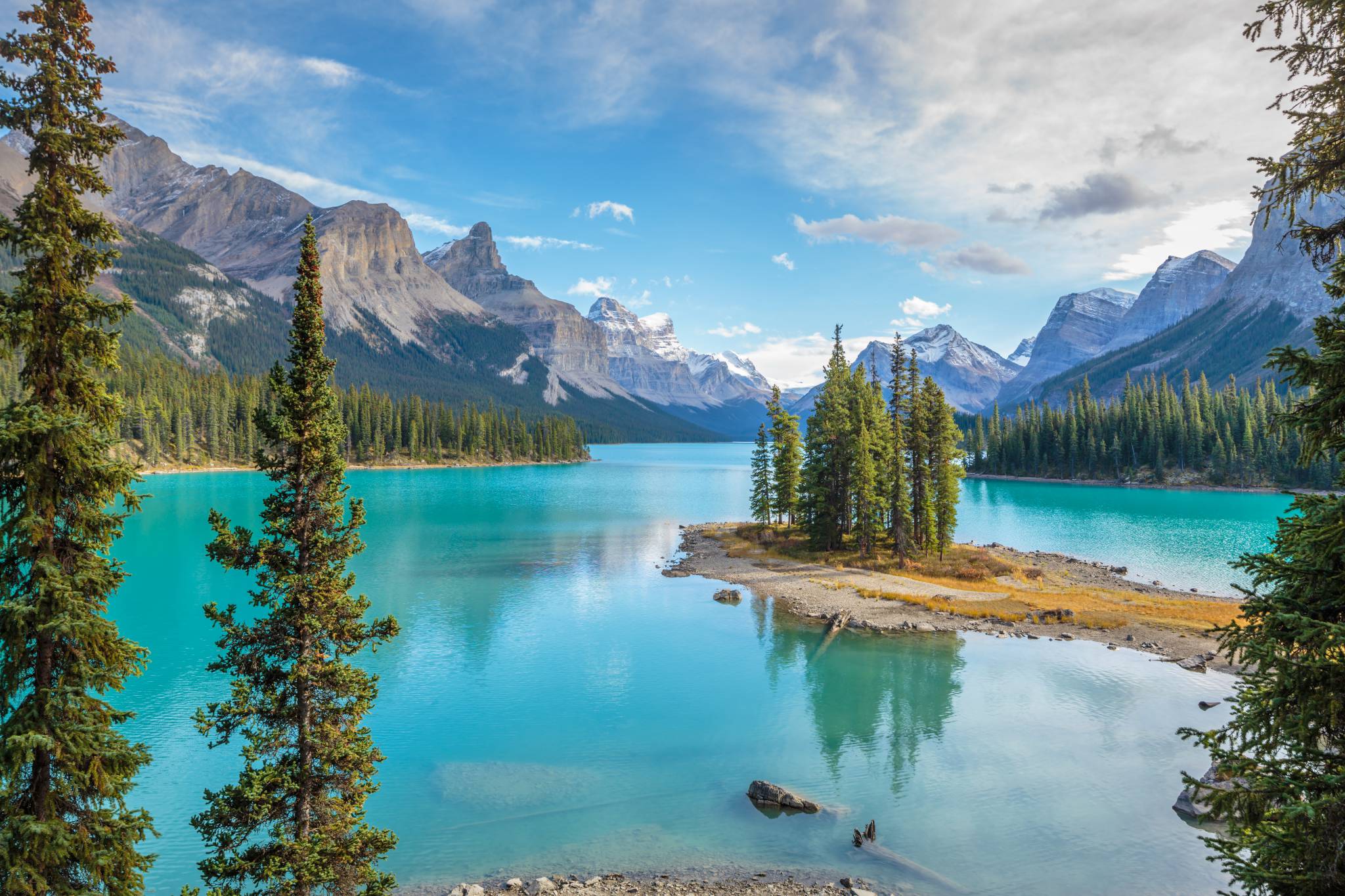When we say get lost, we literally mean you way just experience that as you weave your way through the world's largest permanent collection of art. The Metropolitan Museum of Art of fondly called simply as the MET has over two million individual collections of paintings, artifacts, and textiles from around the globe. Now, if that's not enough to entice art lovers and visitors to visit this museum we don't know what will. Download the Metropolitan Museum of Art Travel Guide and Offline Map and be even more enticed to visit!
1. The First and Seconds Floors
The first floor of the MET is a vast Egyptian collection that is unmatched anywhere else. You might as well have taken a trip to Egypt when you walk through the Temple of Dendur. Built at around 10 BC and now relocated from Egypt in 1978 it is one of the must-sees in the museum. The second floor is dedicated to European paintings from the 13th to 20th century, while 15 rooms showcase a massive collection of Islamic arts and artifacts.
2. The American Wing
As if the name itself isn't a dead giveaway to what this wing offers--the American Wing houses decorative and fine art from across US history. Other galleries in this wing are devoted to classical antiques such as sculptures dramatically illuminated by natural daylight. It also houses Asian art, modern and contemporary paintings and sculptures. And truly, you just have to visit to believe how extensive their collections are.
3. Art Installations
If visiting April through October, head up to the excellent roof garden, which features rotating sculpture installations by contemporary and 20th-century artists--through the grand city and park views are the real draw. Enjoy a sundowner cocktail from its on-site bar. And if you're coming with kids, fret not, they will also be entertained. There's a specially designed brochure and map for kids, and events listed on the website.
Learn more about other destinations that offer unique experiences by checking out eTips.








